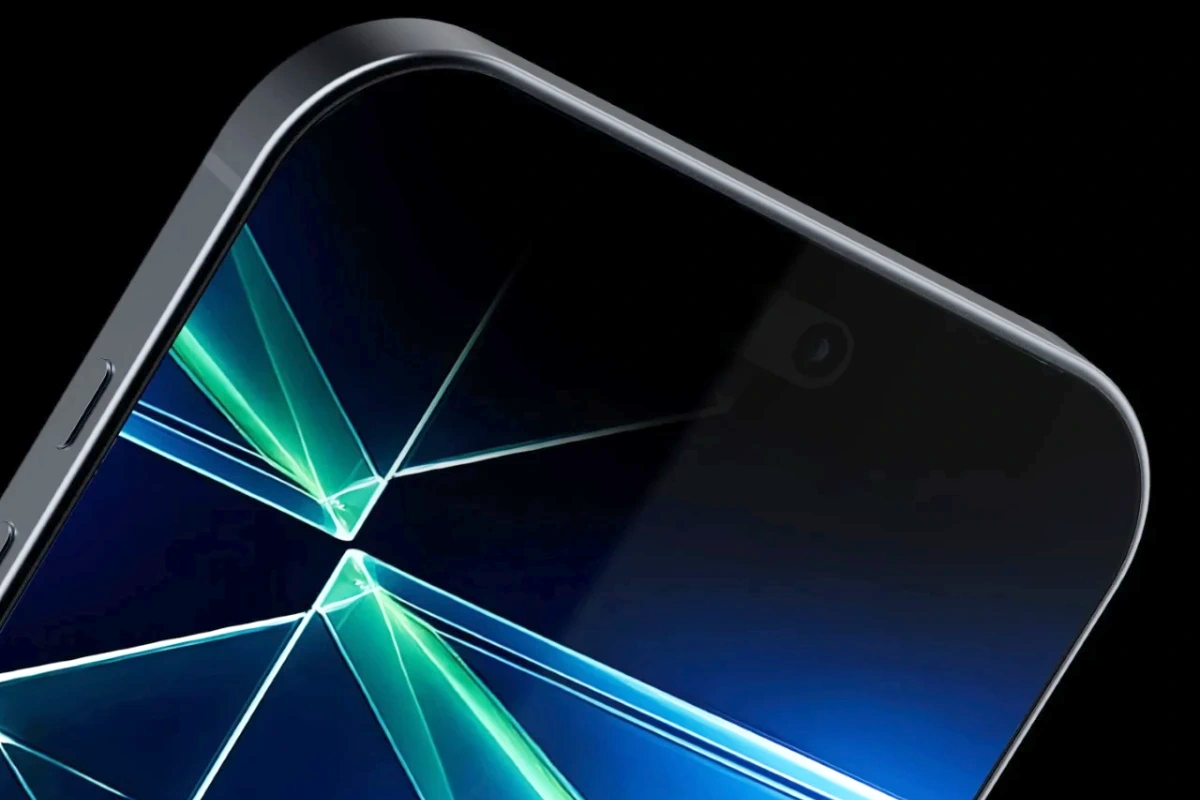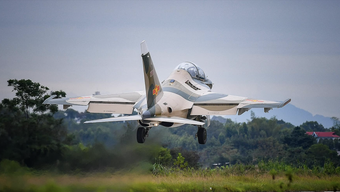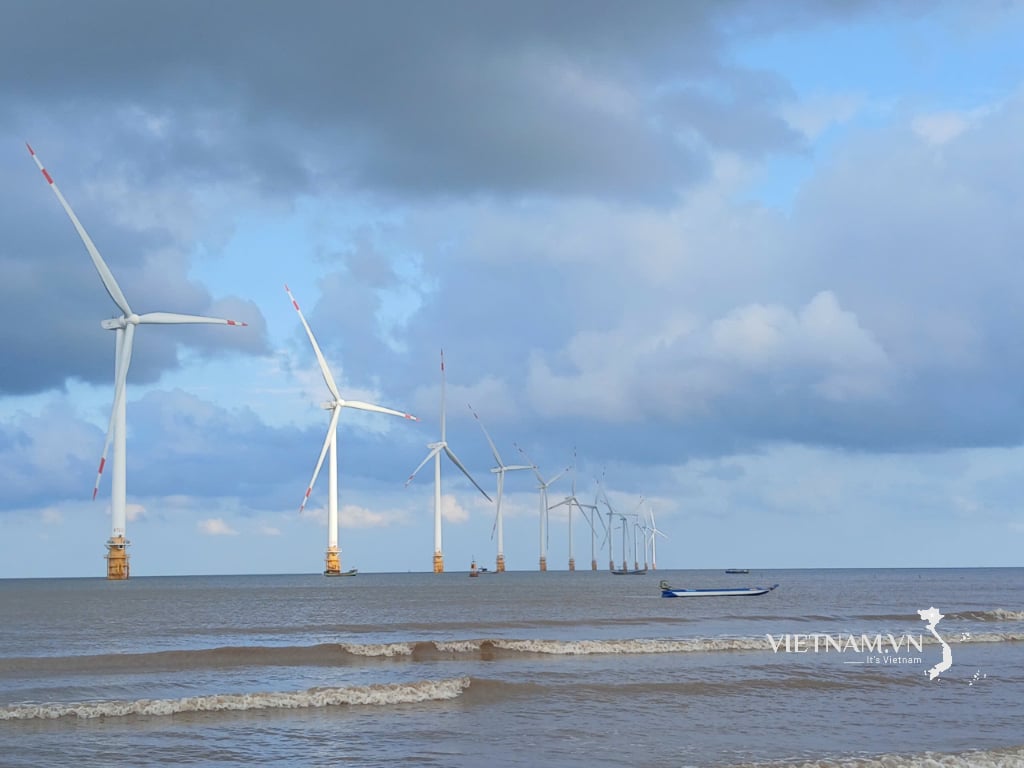A reliable source has just confirmed that the iPhone 17 Pro and iPhone 17 Pro Max will be flagships equipped with an advanced cooling system to improve performance.
According to Instant Digital (China), Apple's upcoming iPhone 17 Pro models will use vapor chamber cooling technology to improve heat dissipation.

Vapor chamber technology is already common in many high-end Android smartphones. By spreading heat over a larger surface area, the system helps prevent overheating and maintain consistent performance – a key advantage for slim, compact devices.
"Privileges" of iPhone 17 Pro and 17 Pro Max
This is not the first time rumors have surfaced about Apple applying vapor chamber technology to the iPhone 17 series. In January, Chinese technology news site MyDrivers claimed that the entire iPhone 17 series, including the standard iPhone 17, iPhone 17 Air, iPhone 17 Pro, and iPhone 17 Pro Max, would be equipped with this system.
However, according to Instant Digital, only the iPhone 17 Pro and iPhone 17 Pro Max – devices expected to use Apple's A19 Pro chip – will feature advanced cooling technology.
"Combined with the A19 Pro's enhanced thermal management capabilities, the device can maintain high performance under heavy loads with virtually no throttling," the source added.
In another Weibo post, Instant Digital also denied rumors of changes to the front of the iPhone 17: "This year's upgrades will focus on the interior and back, so the front may not change. The size of the notch and screen bezels will probably remain the same."
Last month, another source from China claimed that the iPhone 17 Pro Max will have a smaller Dynamic Island.
This prediction is similar to what analyst Jeff Pu said last year, when he said that Apple would use metalens technology for Face ID, which would significantly shrink the Dynamic Island. Pu has repeated this prediction several times in 2024.
However, analyst Ming-Chi Kuo said in January that the Dynamic Island on the iPhone 17 series would not change. Apple introduced Dynamic Island on the iPhone 14 Pro in 2022 and applied it to the entire iPhone 15 and iPhone 16 series (except the iPhone 16e model), but its size remained unchanged across generations.
New camera cluster design
According to recent reports, Apple is expected to significantly change the rear camera design on the iPhone 17 Pro, switching from the familiar square camera cluster to an aluminum camera bar that runs across the entire width of the device.
This change will also appear on the iPhone 17 Air – the new model expected to replace the Plus version in Apple’s product line. This will be a thinner device, with a similar horizontal camera design but only a single lens.
Meanwhile, the standard iPhone 17 model is said to retain the current camera design like the iPhone 16, in order to create a clearer distinction between the high-end and standard iPhone models.
Although there is still half a year to go until the expected launch of the new iPhone series, leaked news about this year's Apple flagships has continuously appeared on social networks. The high-end "Pro" models are said to have many expected upgrades.
As usual, Apple will launch new iPhones in September. The 2025 iPhone models are expected to include: the standard iPhone 17, iPhone 17 Pro, iPhone 17 Pro Max and the ultra-thin iPhone 17 Air.
There have been rumors about the iPhone 17 Ultra, but the possibility of Apple launching two completely new iPhone models (iPhone 17 Air and iPhone 17 Ultra) at the same time is very rare.
Watch the iPhone 17 Pro concept video with a completely new rear camera cluster design. (Source: Front Page Tech/YouTube):

Source: https://vietnamnet.vn/iphone-17-pro-max-se-dung-cong-nghe-dac-biet-de-tang-hieu-suat-2380175.html



































































































Comment (0)